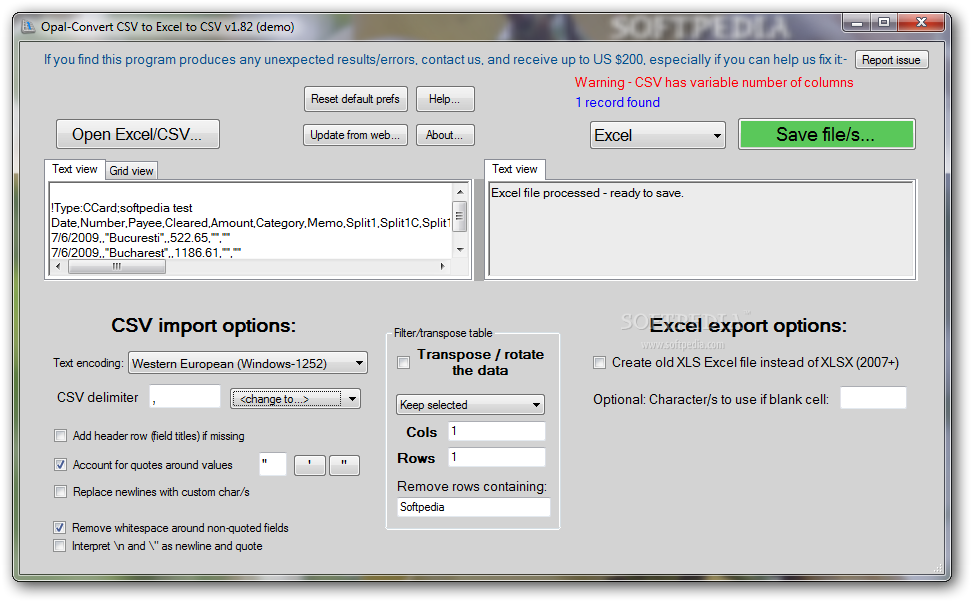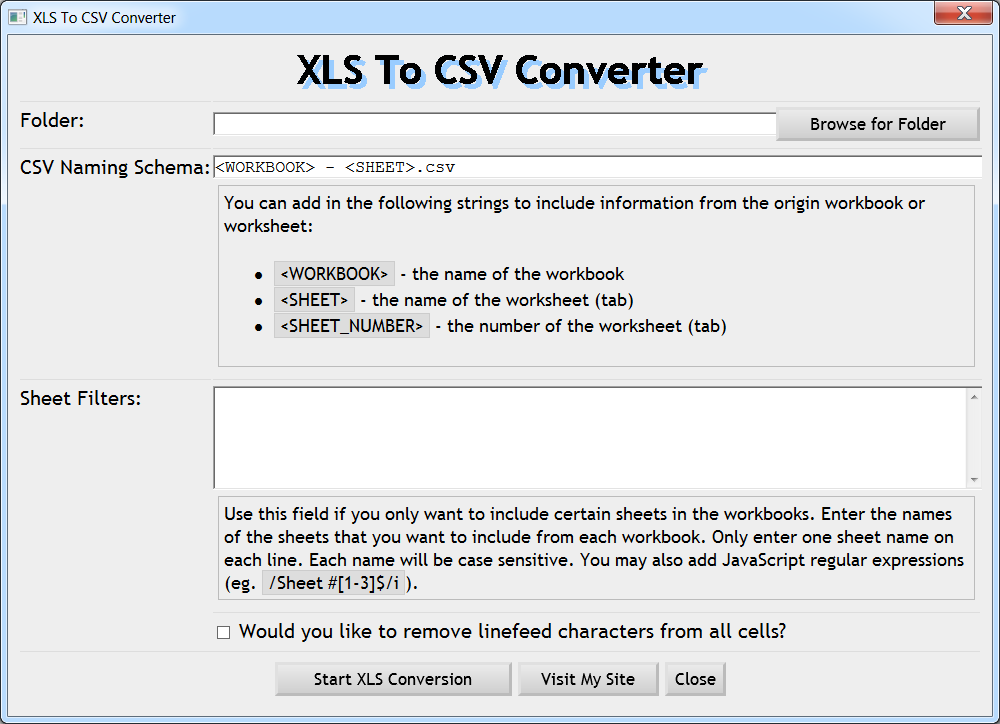
The first step is reading the given CSV file and the other one is creating/writing the CSV. The data presented in the CSV format limits the capabilities of a user in generating insights from the data in performing the data analysis. There are two major steps involved in CSV to Excel file conversion. Each comma-separated value is placed into each cell to separate easily with the conversion. The main intention behind the conversion of CSV data into Excel is that supportability. Double-clicking and opening the file through the windows explorer option.Direct opening of CSV files with Excel.Different ways are available to convert the CSV files into Excel. It indicates that data is separated by a comma using the common fields. To convert a CSV file of this type to XLSX, open the file and then save it as a new Excel workbook using the Save document as option in the Close Excel. We have been using the data available in CSV format for several years. For CSV files, excel allows a maximum of 1,048,576 rows and 16,384 columns.We should remember that the format of the CSV file inserted using the open method will be in.One is by importing the file, and the other one is by opening the file. We can have CSV files in Excel in two different ways.It indicates that the values will be separated by a comma. Converting CSV files in excel is an easy process.Now, you can deploy the Close Excel action to save the Excel worksheet as a new XLSX file. Next, launch a blank Excel document using the Launch Excel action and paste the CSV table into cell A1 using the Write to Excel worksheet action.

If the first row of the CSV file contains headers, enable the First line contains column names option to use the respective headers at the retrieved datatable. To overcome this limitation, deploy the Read from CSV file action and set the semicolon character ( ) as a custom separator in the advanced options. In some regions, you have to manually set the semicolon character as a separator or apply the following workaround. To convert a CSV file of this type to XLSX, open the file and then save it as a new Excel workbook using the Save document as option in the Close Excel action.Īlthough the Launch Excel action can handle the previously mentioned cases, semicolon-delimited CSV files may require a different approach.Įxcel uses the list separators defined in the Windows regional settings.

Power Automate allows you to open comma-delimited and tab-delimited CSV files directly through the Launch Excel action. Convert a CSV file into an Excel spreadsheetĪ comma-separated values file (CSV) is a delimited text file that uses a specific character to separate a series of values.


 0 kommentar(er)
0 kommentar(er)
